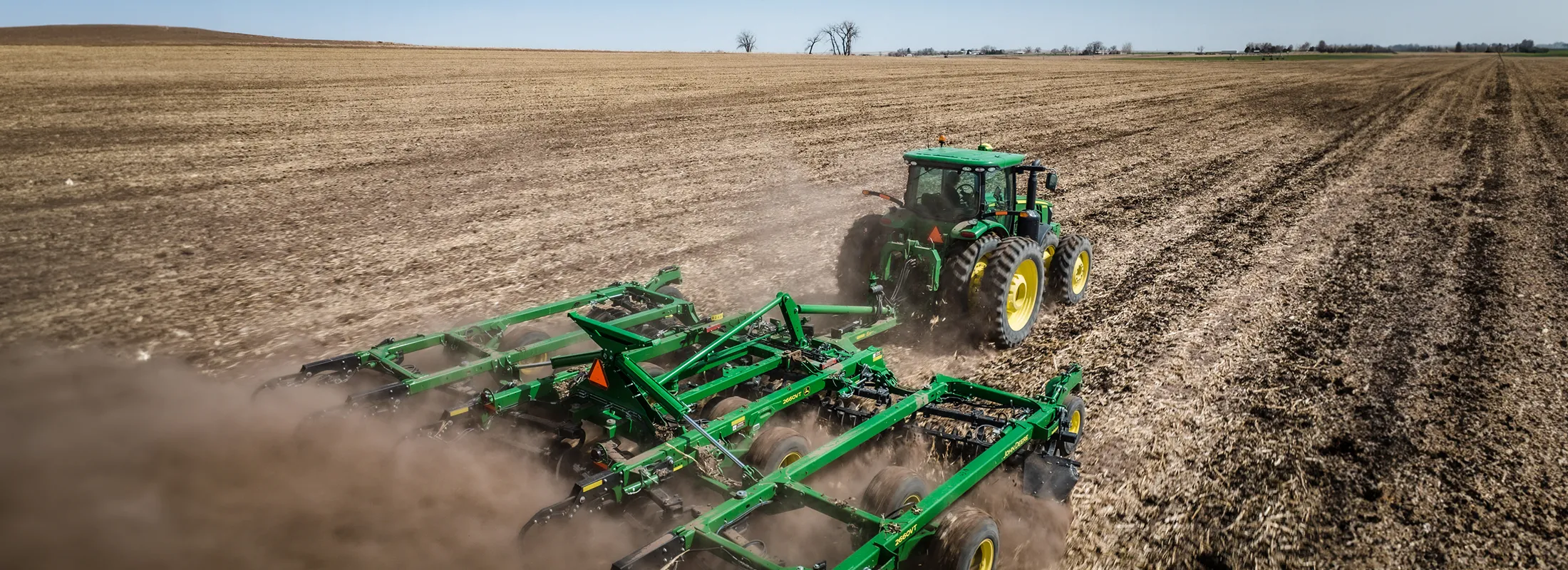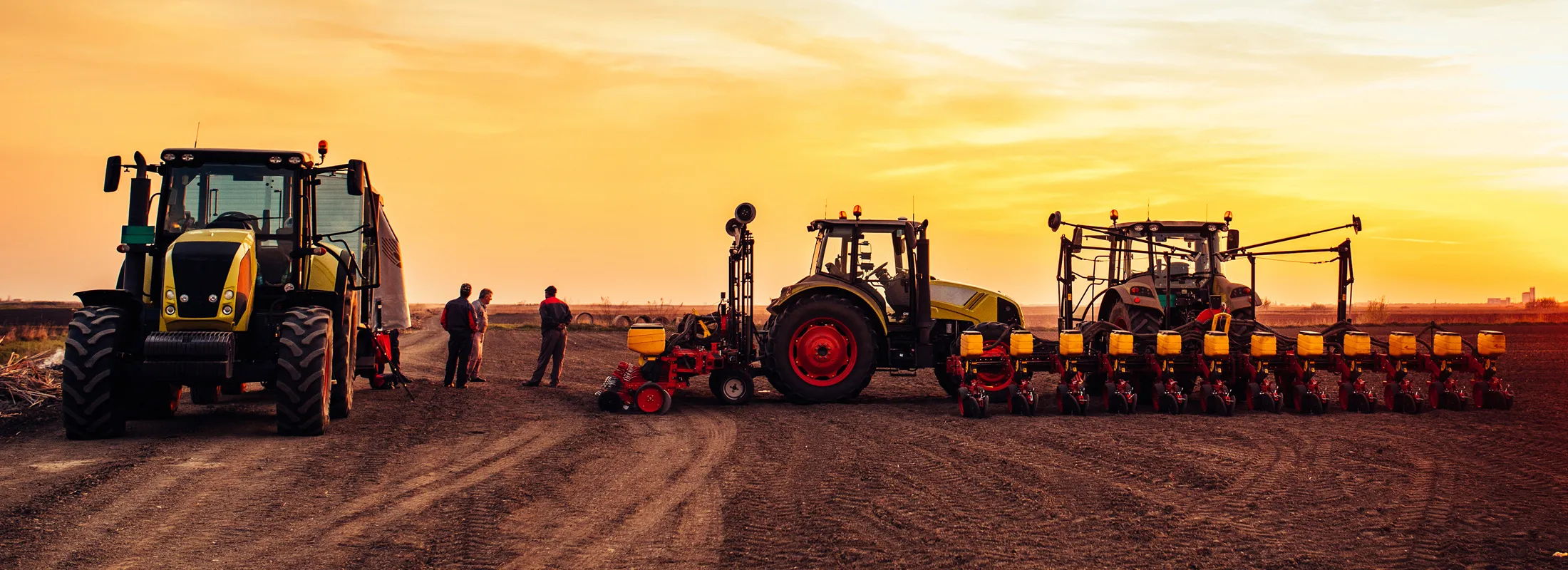Interest rates have a significant impact on producers’ borrowing costs and investment decisions, including their machinery purchases. Deciding when to invest, how much to invest in and whether to finance with a fixed or variable rate largely depends on risk tolerance.
AgDirect offers competitive fixed- and variable-rate financing for both new and used equipment purchased at the dealership, at auction and through private party transactions. Chris Steinkamp, Iowa AgDirect territory manager, shares his insights on the current rate environment and key considerations for evaluating rate options.
Describe the current interest rate environment. How have interest rates impacted ag equipment purchases and financing activity in recent months?
The current interest rate environment is night and day compared to the past two spring buying seasons. Interest rates are approximately 4% higher today than they were in the spring of 2021 and 3% higher than in 2022, so it has been a shock for anyone financing purchases.
The impact on financing is customers are borrowing less to cheapen their overall interest expense. We are seeing more customers paying with all cash for smaller purchases and utilizing as much as 50% cash on larger expenses. Fortunately, row crop producers are coming off some profitable years so they have the cash.
Currently, the need to purchase equipment for replacement purposes along with income tax implications is greater than concerns over interest rates. Demand for equipment remains strong for both new and used equipment and that does not appear to be easing in the next 12-18 months. Producers are hopeful the Federal Reserve will pause interest rate hikes and provide them with interest relief soon.
Where are interest rates headed and what are the implications for producers considering machinery updates in 2023?
As expected, the Federal Reserve increased interest rates by another one quarter of a percentage point at their May meeting. This places the benchmark rate between 5% and 5.25%.
There is speculation the Federal Reserve will pivot after its May meeting and pause rate increases to assess the overall impact of their monetary policies. However, additional rate hikes are possible in 2023. If rates rise, it will force producers to look even closer at their cash flow and how it affects their operation.
What are some strategies for managing equipment costs during this period of higher interest and volatility?
If producers are focused on cash flow, there are options to look at such as longer term financing or lease and balloon options. When rates start to go down customers can always look at refinance options to help reduce their interest costs.
When it comes to financing, borrowers often focus on interest rate. What else needs to be taken into consideration to ensure equipment debt is being structured to meet an operation’s cash flow needs?
In addition to interest rate, other important financing considerations include the terms of the loan or lease, payment dates, prepayment penalties, warranties and repair costs. At AgDirect, we work with dealers and customers to help you choose the financing option that is right for your operation’s unique cash flow situation.
What advice do you have for producers planning to purchase new or used equipment this year?
There are a lot of different variables a producer has to navigate. Equipment inventory remains low, new order lead times are 6-12 months or longer, equipment prices remain strong, customers are needing to replace equipment, current commodity prices for the fall 2023 crop have decreased, margins have tightened and rates could continue to increase.
Producers planning to purchase or upgrade equipment will benefit from knowing how the purchase or upgrade will affect their cost per acre and cash flow as well as balancing repair costs versus replacement costs. Understanding how the purchase will affect the financial side of your operation is key.








